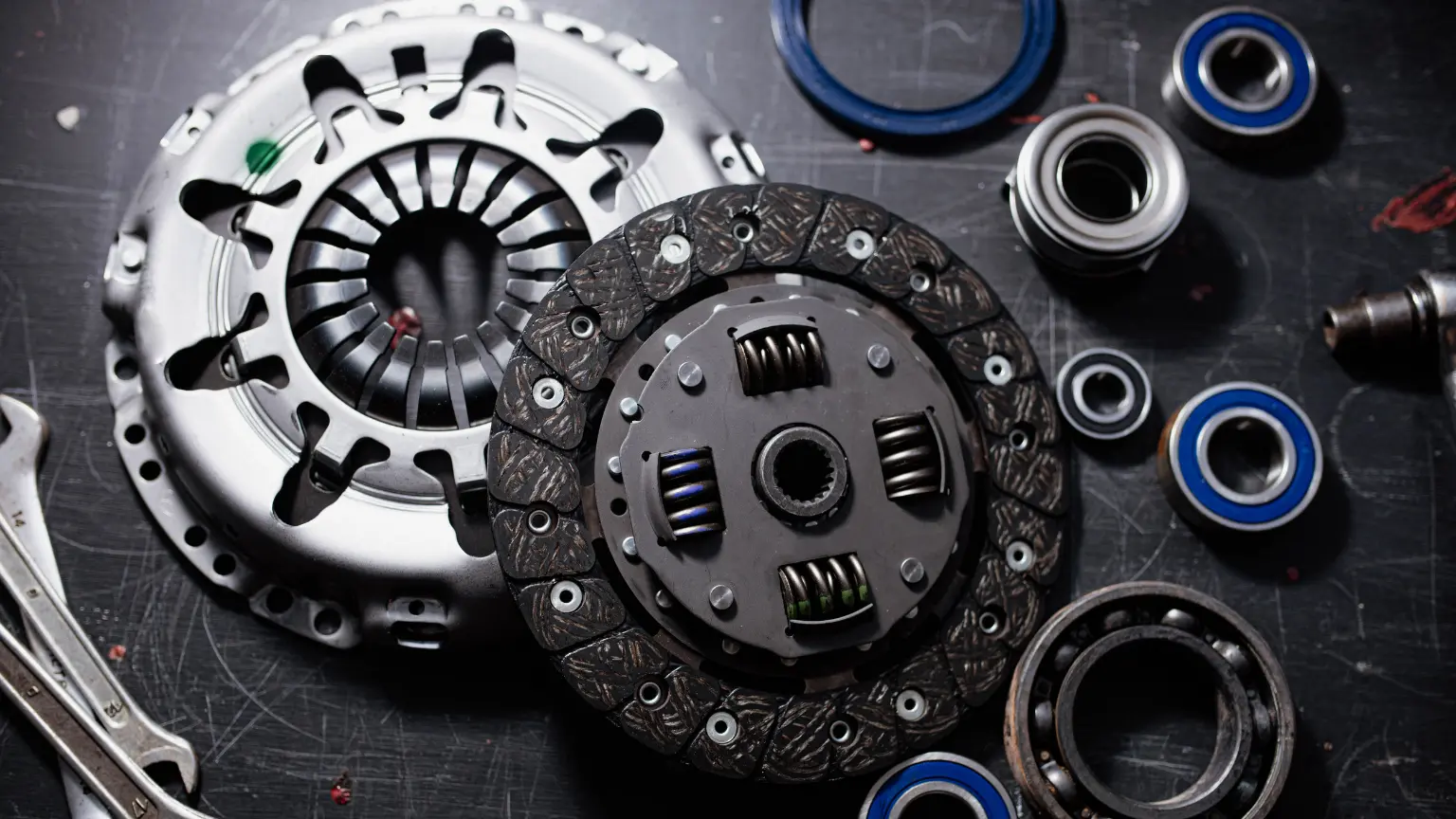Comparing Transmission Types Across Different Car Models
Explore how your car’s transmission optimizes engine power—through gear ratios, manual, automatic, CVT, and high-performance systems—to boost efficiency, performance, and fuel economy.

The transmission is not just about power transfer; it also significantly influences your vehicle's performance and efficiency. A well-functioning one ensures that the engine remains in its optimal power range, boosting its efficiency and durability. Whether you're accelerating on a freeway or climbing a steep hill, a reliable transmission adjusts to deliver the necessary power without overstressing the engine, which is crucial for maintaining your car’s overall health and responsiveness.
Overview of Transmission Types
There are four main types of car transmissions, and one must have foundational knowledge of each system. Car transmissions are a fundamental component of every vehicle, directly shaping how power from the engine is delivered to the wheels and, ultimately, how the car feels to drive. There are four main types of transmissions commonly found in modern vehicles: manual, automatic, dual-clutch, and continuously variable transmissions (CVT). Each system operates differently and offers a distinct driving experience, making it important for drivers to understand their basic functions and characteristics.
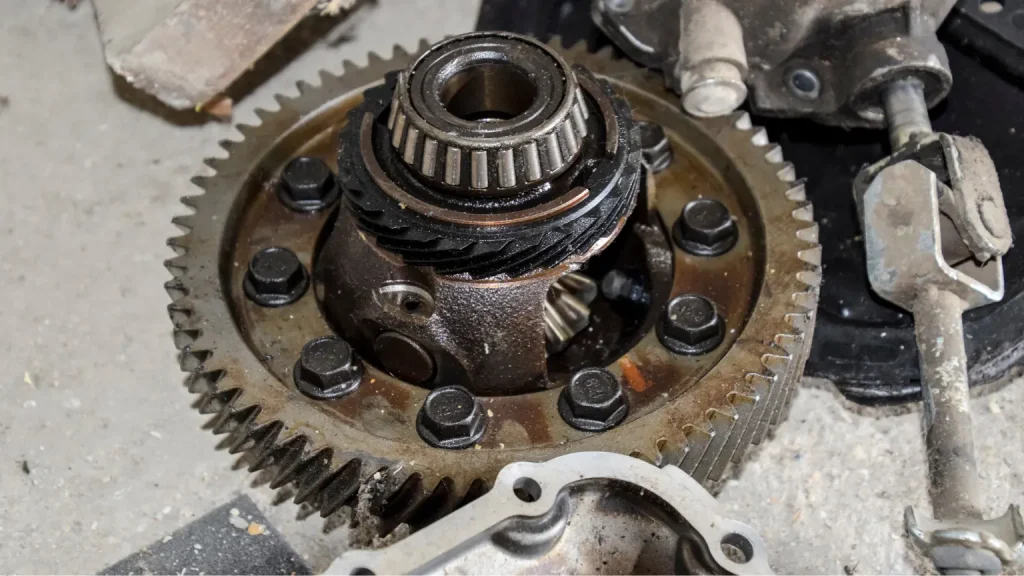
Manual transmissions, often referred to as "stick shifts," are the most traditional type. They require the driver to manually engage and disengage the clutch and select the appropriate gear using a gear lever. This hands-on system gives drivers direct control over gear changes and engine performance, which can be especially appealing to those who enjoy an engaged, tactile driving experience. Manuals are becoming less common in everyday vehicles, but remain popular among driving enthusiasts and in certain performance or budget-oriented models. The manual’s simplicity also means fewer components that might require maintenance, but mastering smooth gear changes does have a learning curve.
Automatic transmissions, on the other hand, have become the standard in most new cars thanks to their ease of use and convenience. Automatics use a combination of hydraulic systems, torque converters, and sophisticated electronic sensors to select and shift gears without driver input. This allows for smooth, seamless acceleration and is particularly advantageous in stop-and-go traffic or for those who prioritize a relaxed driving experience. Modern automatics are highly refined, offering improved fuel efficiency and performance compared to earlier generations. Dual-clutch transmissions (DCTs) bridge the gap between manual and automatic systems. They utilize two separate clutches—one for odd-numbered gears and one for even-numbered gears—allowing for pre-selection of the next gear. This design enables exceptionally fast and smooth gear changes, making DCTs a favorite in sports cars and high-performance vehicles where rapid acceleration and responsiveness are key. While they deliver a dynamic driving feel and improved efficiency, DCTs can occasionally feel less smooth at low speeds or in heavy traffic due to their mechanical nature.
Continuously variable transmissions (CVTs) represent a significant departure from traditional gear-based systems. Instead of fixed gears, CVTs use a system of pulleys and a belt to provide an infinite range of gear ratios. This allows the engine to operate at its most efficient RPM for any given speed, resulting in smooth, uninterrupted acceleration and often better fuel economy. CVTs are commonly found in many modern sedans, hybrids, and compact cars. However, the driving sensation can be different from conventional transmissions, with some drivers noting a lack of the familiar gear-shifting feel. Understanding these four foundational transmission types helps drivers make informed choices that align with their preferences for control, comfort, and driving style. Whether prioritizing engagement, convenience, performance, or efficiency, knowing the basics of each system is essential for selecting the right vehicle and enjoying the best possible driving experience.
How Car Transmissions Work
One must know how different transmission systems work, focusing on the mechanics of power transfer, gear-shifting mechanisms, and the differences between manual, automatic, and semi-automatic systems.
The Mechanics of Power Transfer
An essential component in converting engine power into wheel motion is the transmission. This process begins when the engine generates power, which is then modulated by the transmission depending on the car’s speed and load. Essentially, the transmission adjusts the engine’s output to be used most effectively, avoiding unnecessary strain by matching gear ratios to the car's operational needs. The use of various transmission types in different car models includes their impact on high-performance vehicles, racing, and the role of gear ratios.
Gear Shifting Mechanisms
Gears shift to adapt to different driving demands, whether it's accelerating onto a freeway or cruising down a quiet street. For manual systems, the driver controls these shifts with a clutch pedal and gear lever, while in automatic transmission systems, this process is handled by hydraulics and electronic sensors that decide the optimal time to change gears based on the vehicle's speed and engine load. This automation supports a smoother transition and reduces the driver's effort.
Manual vs. Automatic Systems
Choosing between manual and automatic transmissions often comes down to the driver's preference and driving style. Manual transmissions require drivers to engage physically with the clutch and gear selector, offering more control over the vehicle, which is ideal for those who enjoy a hands-on driving experience. Conversely, automatic transmission systems are favored for their convenience, especially in stop-and-go traffic, as they eliminate the need to manually shift gears.
Semi-Automatic and Continuously Variable Transmissions
Semi-automatic ones offer a middle ground between manual and automatic types, allowing drivers to choose between manual control and automatic gear shifting. Meanwhile, CVT provides a seamless range of gear ratios, enhancing driving smoothness and efficiency. CVTs are particularly known for their ability to optimize engine performance and transmission for fuel efficiency by keeping the engine in its most efficient RPM range.
High-Performance Transmissions for Speed
Racing and Sports Car Systems
High-performance sports cars and racing vehicles require transmissions that can deliver not only speed but also precision and adaptability under extreme conditions. Here's what makes them unique:
- Advanced Materials: Sports car and racing transmission systems utilize advanced materials that are lightweight yet incredibly strong. These materials, including alloys and composites, are selected for their ability to withstand the intense forces exerted during high-speed maneuvers. The use of such high-strength materials ensures that the transmission remains robust and reliable despite the extreme stress and friction it faces, minimizing the risk of breakdowns and enhancing the vehicle's overall performance.
- Enhanced Cooling Systems: Given the high temperatures generated in racing transmissions, enhanced cooling systems are a critical feature. These systems are designed to efficiently dissipate heat, preventing the common issue of overheating during races. By maintaining an optimal temperature, these cooling systems help preserve the integrity of the transmission components, ensuring they perform consistently at high speeds. This is particularly crucial in racing, where even a small performance degradation can affect the outcome.
- Quick Shift Times: Quick shift times are essential in racing transmissions to maintain momentum and speed on the track. Racing vehicles often incorporate transmission systems designed to minimize the time lapse between gear shifts. This rapid shifting capability is crucial for maintaining high speeds and smooth handling, allowing drivers to navigate the track more effectively. The ability to shift gears quickly without losing speed gives racers a significant advantage, especially in tight and competitive racing scenarios.
- Customizable Settings: Flexibility is key in racing, and many transmission systems come with customizable settings that allow drivers to adapt their gear-shifting patterns to the specific demands of the track and their driving style. Customization can involve adjustments to the transmission's responsiveness, shift points, and even the aggression of gear changes. Such adaptability is invaluable on varied race tracks, where conditions can change rapidly and drivers must adjust their strategies accordingly.
Through the use of advanced materials, sophisticated cooling systems, quick shifting mechanisms, and customizable settings, these systems ensure that drivers can perform at their best, making split-second decisions that could lead to victory or defeat on the race track. The continuous evolution of these systems reflects the ongoing innovation in automotive engineering, pushing the boundaries of what is possible in auto racing.
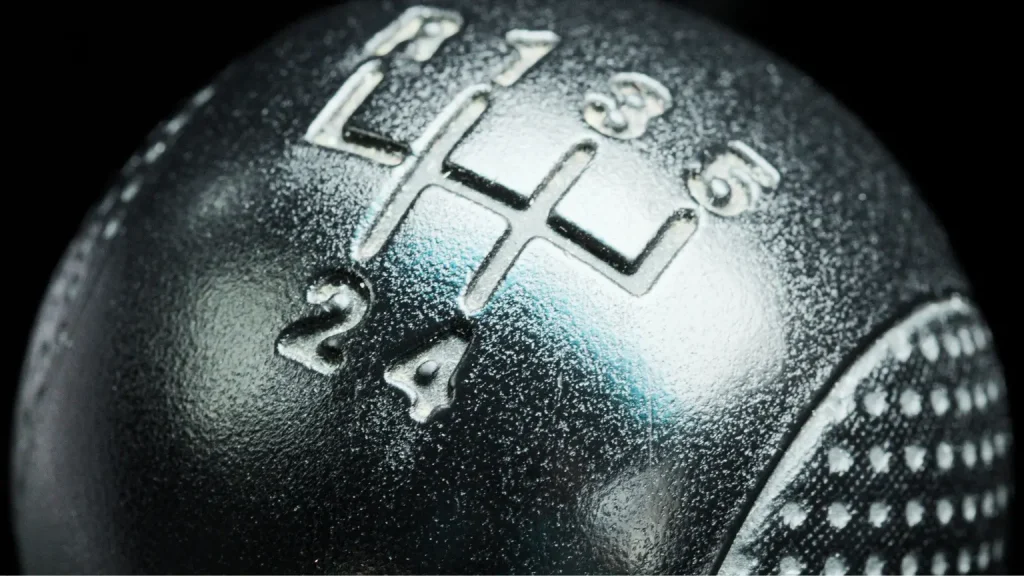
The Role of Gear Ratios
A lower gear ratio allows for quicker acceleration, while a higher gear ratio is suited for achieving higher top speeds. For performance cars, these ratios are finely tuned to deliver swift responses and quick sprints, essential for both competitive racing and spirited street driving.
Benefits of Automatic Transmissions
Ease of Use and Convenience
Automatic transmission benefits are particularly appreciated in scenarios where ease of use and convenience take precedence over manual control. These systems eliminate the need for clutch engagement and manual gear selection, making them ideal for city driving where frequent stops and starts are common. For new drivers or those who prefer not to manage gear shifts, automatics provide a less demanding driving experience, allowing them to focus more on steering and navigating the road.
Smoother Gear Transitions
Unlike manual transmissions, which can suffer from jerkiness if not operated skillfully, automatics use torque converters and sophisticated electronics to ensure that gear changes occur smoothly and almost imperceptibly. Such seamless shifting not only enhances the comfort of the driving experience but also contributes to the overall tranquility of the ride, particularly in high-traffic situations.
Comparing Automatic with Manual and Semi-Automatic
Automatics shine with their stress-free operation and ease, making them suitable for both dense urban traffic and long highway commutes. Manuals, on the other hand, are favored for their control and efficiency, often resulting in a more engaging driving experience. Semi-automatics straddle these two, offering manual-like control with automatic-like convenience. The choice often boils down to personal preference and the specific driving conditions one expects to face.
Transmissions and Fuel Efficiency
Fuel-Efficient Transmissions
While manual transmissions were once considered more fuel-efficient, advancements in automatic technology have shifted this perspective. Modern automatics and CVTs are designed to optimize gear ratios more effectively than manuals can. This means they can adjust to provide just the right amount of power needed for specific driving conditions without unnecessary fuel expenditure. Transmission for fuel efficiency has become a critical design element in newer models, making them preferable for those looking to maximize their fuel economy.
Tips for Maximizing Fuel Efficiency
Whether you drive frequently in urban settings or cover long distances, the type of transmission you use can significantly influence your vehicle's fuel consumption. Here’s a look into how different transmission troubleshooting can contribute to enhanced fuel efficiency, helping you save money and reduce environmental impact:
- Opt for CVTs or Modern Automatics: Unlike traditional manual transmissions that might involve less precise gear shifting, CVTs and modern automatics adjust seamlessly, reducing the engine load and thus conserving fuel. These transmissions are particularly effective in stop-and-go traffic where constant shifting can lead to increased fuel consumption. By choosing a CVT or a modern automatic, drivers can enjoy smoother rides with better fuel economy.
- Maintain Regular Transmission Checks: A well-serviced transmission reduces unnecessary strain on the engine, improving fuel efficiency. Periodic checks should include fluid changes, leak inspections, and assessments of the transmission's components. Early detection and correction of problems, such as component wear or fluid degradation, will keep the transmission operating at peak efficiency and greatly reduce the risk of costly repairs and inefficient fuel use.
- Utilize Economy Modes: Many modern vehicles are equipped with an economy mode feature that, when activated, optimizes various aspects of the vehicle's performance, including the transmission settings, to save fuel. This mode adjusts the transmission's shift points to prioritize fuel economy over speed or power output. By operating the vehicle in this mode during appropriate conditions, such as city driving or on long, steady drives, you can significantly enhance the fuel efficiency of your vehicle without compromising on overall performance.
- Consider Vehicle Size and Purpose: When selecting a transmission, consider the size of your vehicle and its primary use. Larger vehicles, such as SUVs or trucks, often benefit from specific types of transmissions that can handle greater loads with better efficiency. For instance, a heavy-duty automatic transmission might be more suitable for a large SUV used frequently for long-distance travel or towing, as it can manage the vehicle’s power and weight more efficiently than a manual transmission, potentially leading to better fuel economy under these specific conditions.
- Educate Yourself: Understanding the mechanics and benefits of different transmission types can greatly aid in making an informed choice that aligns with fuel efficiency goals. Each transmission type offers distinct advantages depending on driving conditions, vehicle type, and performance needs. Being knowledgeable about how these transmissions operate and their impact on fuel consumption can guide you in selecting or utilizing a transmission that maximizes fuel efficiency.
By considering these aspects of choosing the right transmission, you can significantly enhance your vehicle’s fuel efficiency. Fuel consumption can be reduced in several ways, such as maintaining your current system, selecting a sophisticated transmission type, and using technology such as economy modes.
Transmission Repair and Troubleshooting
Common issues, repair and troubleshooting guidance, and considerations for maintaining or replacing transmissions.
Common Issues
Detecting issues with your transmission early can save on costly repairs down the road. Common signs of trouble include unusual noises during gear changes, delayed vehicle response when shifting gears, and unexpected gear changes. These symptoms may indicate low fluid levels, worn-out parts, or internal damage. Regularly checking transmission fluid for proper levels and color can help diagnose problems early, as dark or burnt-smelling fluid often signals wear and tear.
When to Repair vs. Replace
Deciding whether to repair or replace a transmission depends on several factors, including the severity of the issue, the age and value of the vehicle, and the cost comparison of repair versus replacement. For newer vehicles with less extensive damage, repairs might be more cost-effective. However, if a transmission is extensively damaged and the vehicle is older, replacing it might be the more economical and reliable option.
Rebuild Car Transmissions
Rebuilding one involves disassembling it, identifying damaged or worn components, replacing them, and then reassembling the unit to factory specs. This process can be intricate, requiring specialized knowledge and tools. Rebuilding is often chosen over replacement when the overall structure and housing of the transmission remain in good shape, but internal parts need renewal.
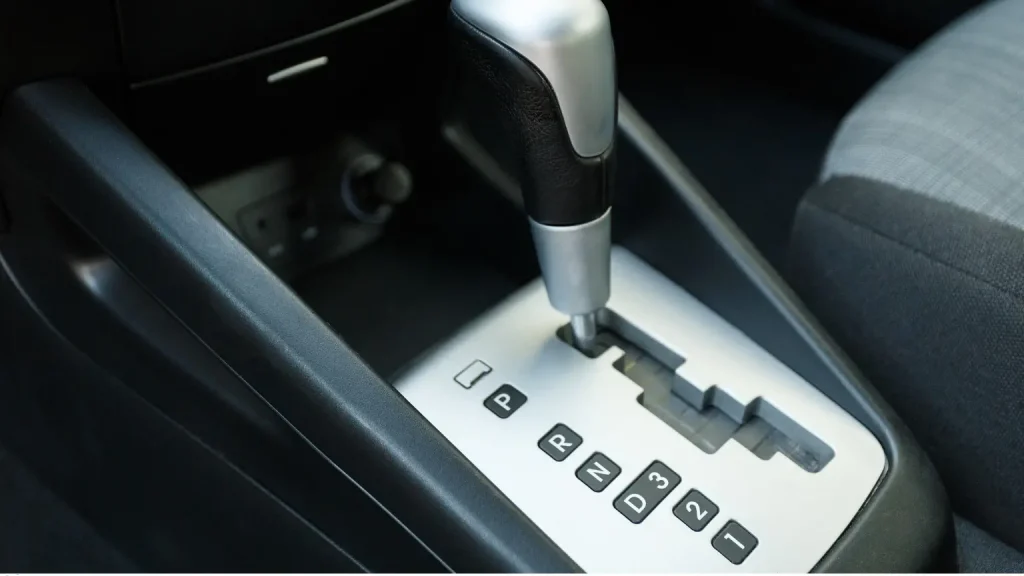
Finding a Trustworthy Repair Shop
Selecting a reliable transmission repair shop is crucial for ensuring quality work and fair pricing. Look for shops with a good reputation based on customer reviews, that are transparent about their pricing and repair processes, and that possess the necessary certifications. Establishing a relationship with a professional who understands your vehicle’s specific transmission needs can provide peace of mind and ensure that your car is handled with the expertise it requires.
Understanding transmission repair tips is crucial for optimizing vehicle performance and longevity. From the smooth operational flow of automatic systems to the precise control offered by manual and semi-automatic configurations, each type of transmission has its unique advantages that cater to different driving preferences and conditions. The technological advancements in transmission systems, such as CVTs and high-performance setups in sports cars, further enhance driving efficiency and fuel economy. By maintaining your transmission through regular inspections and recognizing the signs of potential issues, you can ensure your vehicle remains reliable and efficient. Keep your vehicle running at peak performance with expert transmission maintenance at Trans Medic Transmissions. Whether navigating the daily commute or pushing the limits on a racetrack, the choice of transmission can significantly impact your driving experience, making an informed decision vital for any car owner.
Follow a maintenance program
Ante gravida id aenean quis egestas risus nam amet nullam leo diam diam aliquam eu eu malesuada arcu rhoncus suspendisse nulla mattis ut amet sagittis in justo egestas.
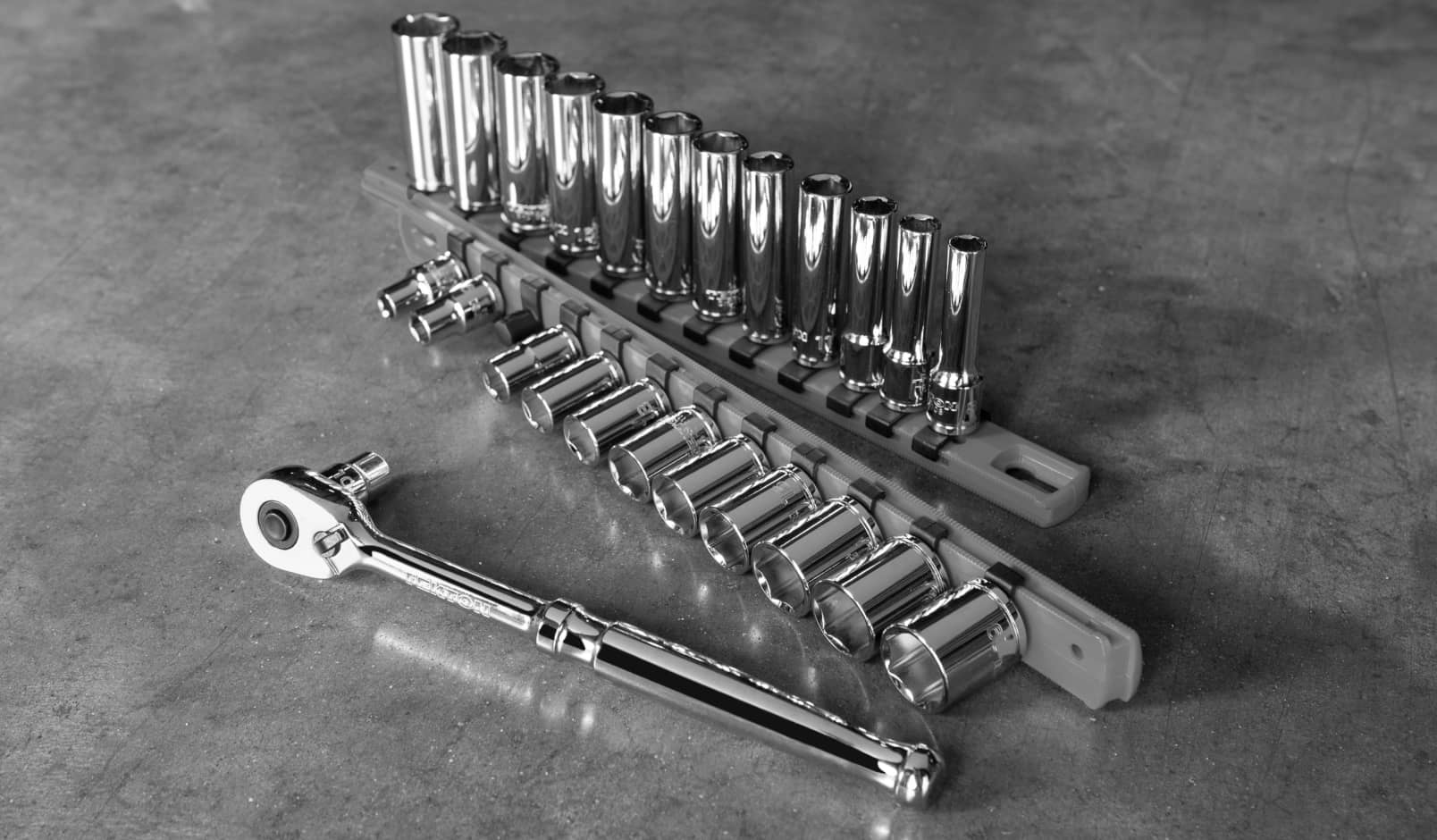
search for a trusted mechanic
Lorem ipsum dolor sit amet, consectetur adipiscing elit lobortis arcu enim urna adipiscing praesent velit viverra sit semper lorem eu cursus vel hendrerit elementum morbi curabitur etiam nibh justo, lorem aliquet donec sed sit mi dignissim at ante massa mattis.
- Neque sodales ut etiam sit amet nisl purus non tellus orci ac auctor
- Adipiscing elit ut aliquam purus sit amet viverra suspendisse potent
- Mauris commodo quis imperdiet massa tincidunt nunc pulvinar
- Excepteur sint occaecat cupidatat non proident sunt in culpa qui officia
Check the air pressure in your tires
Vitae congue eu consequat ac felis placerat vestibulum lectus mauris ultrices cursus sit amet dictum sit amet justo donec enim diam porttitor lacus luctus accumsan tortor posuere praesent tristique magna sit amet purus gravida quis blandit turpis.
Review your suspension frequently
At risus viverra adipiscing at in tellus integer feugiat nisl pretium fusce id velit ut tortor sagittis orci a scelerisque purus semper eget at lectus urna duis convallis. porta nibh venenatis cras sed felis eget neque laoreet suspendisse interdum consectetur libero id faucibus nisl donec pretium vulputate sapien nec sagittis aliquam nunc lobortis mattis aliquam faucibus purus in.
- Neque sodales ut etiam sit amet nisl purus non tellus orci ac auctor
- Adipiscing elit ut aliquam purus sit amet viverra suspendisse potent
- Mauris commodo quis imperdiet massa tincidunt nunc pulvinar
- Excepteur sint occaecat cupidatat non proident sunt in culpa qui officia
Service your vehicle as regularly as posible
At risus viverra adipiscing at in tellus integer feugiat nisl pretium fusce id velit ut tortor sagittis orci a scelerisque purus semper eget at lectus urna duis convallis. porta nibh venenatis cras sed felis eget neque laoreet suspendisse interdum consectetur libero id faucibus nisl donec pretium vulputate sapien nec sagittis aliquam nunc lobortis mattis aliquam faucibus purus in.
“Nisi quis eleifend quam adipiscing vitae aliquet bibendum enim facilisis gravida neque velit euismod in pellentesque”
Conclusion
Eget lorem dolor sed viverra ipsum nunc aliquet bibendum felis donec et odio pellentesque diam volutpat commodo sed egestas aliquam sem fringilla ut morbi tincidunt augue interdum velit euismod eu tincidunt tortor aliquam nulla facilisi aenean sed adipiscing diam donec adipiscing ut lectus arcu bibendum at varius vel pharetra nibh venenatis cras sed felis eget.


